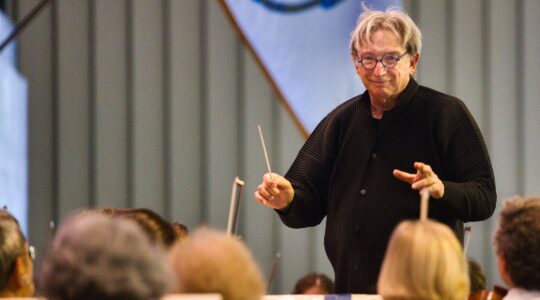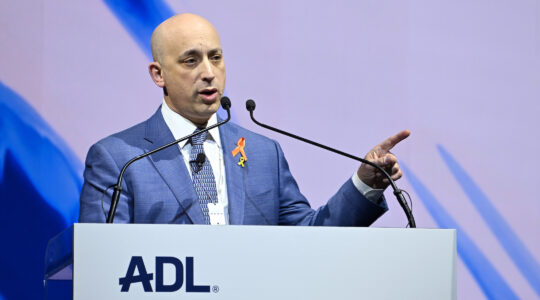Ballet has long been associated with tutus and long-necked blondes—which is to say that it is not typically seen as a particularly Jewish form of dance. But for a brief spell in the unlikely location of Stalinist Russia, a virtuosic dancer and choreographer named Leonid Jacobson shifted the form’s patrician associations.
During a period in which incorporating religious themes into any cultural work was verboten, Jacobson’s use of stereotypically Jewish gesticulations and movements put him at serious risk. And though Jacobson didn’t lose his life to Stalin, he did eventually lose his prestigious position as head choreographer of the Kirov and Bolshoi Ballets.
After Stalin’s death, though still living under Communist rule, Jacobson started his own company. His famous “Wedding Cortège” (renamed from “The Jewish Wedding” to satisfy censors), featured sets inspired by Marc Chagall, and tells the story of a poor shtetl girl forced to abandon her true love in order to marry a wealthy suitor.
In 2010, in a striking historical reversal, the St. Petersburg State Ballet Theater revived the dance. The New York Times raved.
JTA has documented Jewish history in real-time for over a century. Keep our journalism strong by joining us in supporting independent, award-winning reporting.





